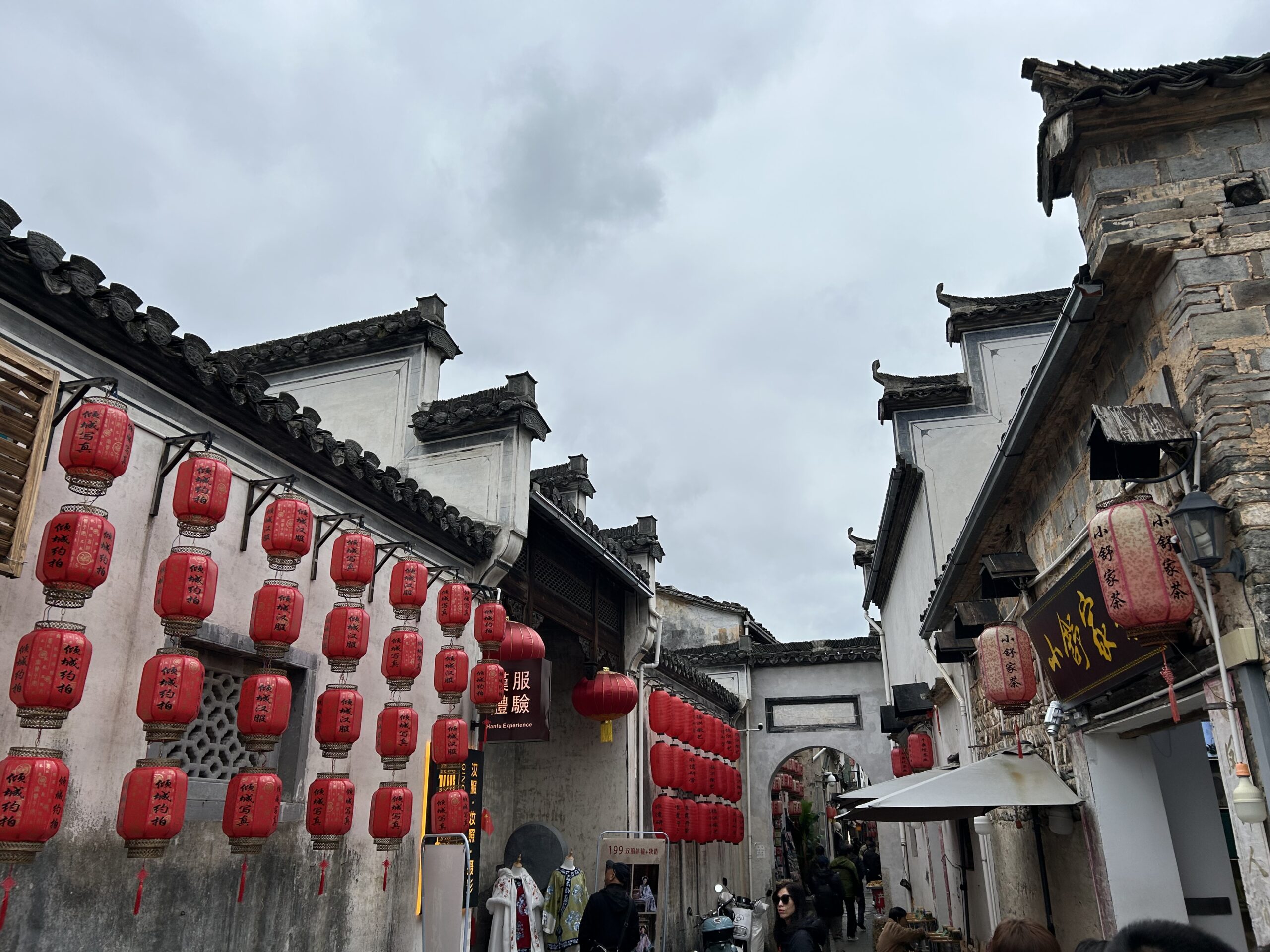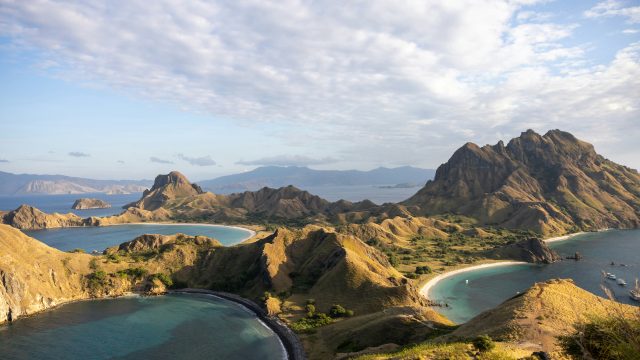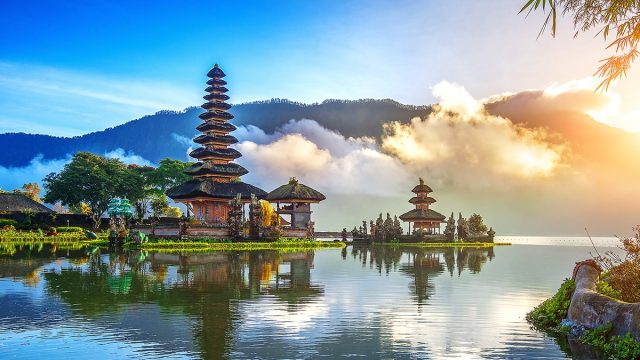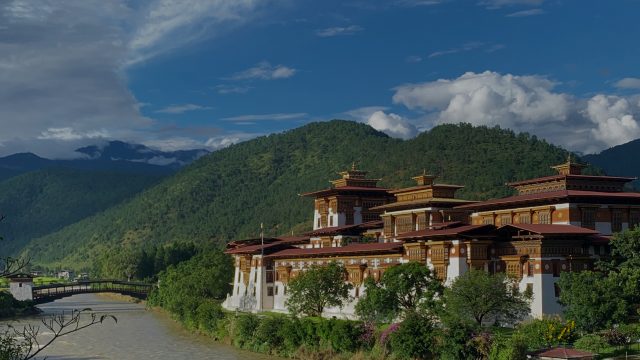Articles found in: Asia

Crouching Tiger, Hidden Dragon…Anyone?
Published on February 12, 2025
Crouching Tiger, Hidden Dragon…Anyone? By Ricko Tindage, Director of Sales at Elite Voyages Since “Crouching Tiger, Hidden Dragon” was released in the U.S. in 2000 and eventually garnered the Oscar in 2001 for best foreign-language film, this martial arts movie has captured the imagination of American and international audiences worldwide. I was fortunate to visit […]
Keep reading
6 local moments that connect you to the heart of Southeast Asia
Published on July 31, 2024
6 local moments that connect you to the heart of Southeast Asia By: Jamie Gallerani for EF Go Ahead Tours If Southeast Asia guarantees anything, it’s to welcome you—and then to wow you, in that order. Here, wonder shows up as bowls of piping hot pad thai and plates of skewered satay, served by street […]
Keep reading
Nyepi Day (Silence Day) in Bali, Indonesia
Published on July 18, 2024
Nyepi Day (Silence Day) in Bali, Indonesia By: Elite Voyages The Balinese celebrate their new year like no other. One of the most well-known Balinese public holidays, celebrations last for six days and include parties, parades, prayers, and a whole Day of Silence, also known as Nyepi Day. Visitors to Bali at this time are […]
Keep reading
A first-person account of the Trans Bhutan Trail: memories of connection and community in one of the world’s most remote destinations
Published on August 31, 2023
A first-person account of the Trans Bhutan Trail: memories of connection and community in one of the world’s most remote destinations By: Heidi Durflinger, President of EF Go Ahead Tours The beauty of Bhutan struck me before I even set foot in the country. As I flew into the town of Paro, I was awed […]
Keep reading
